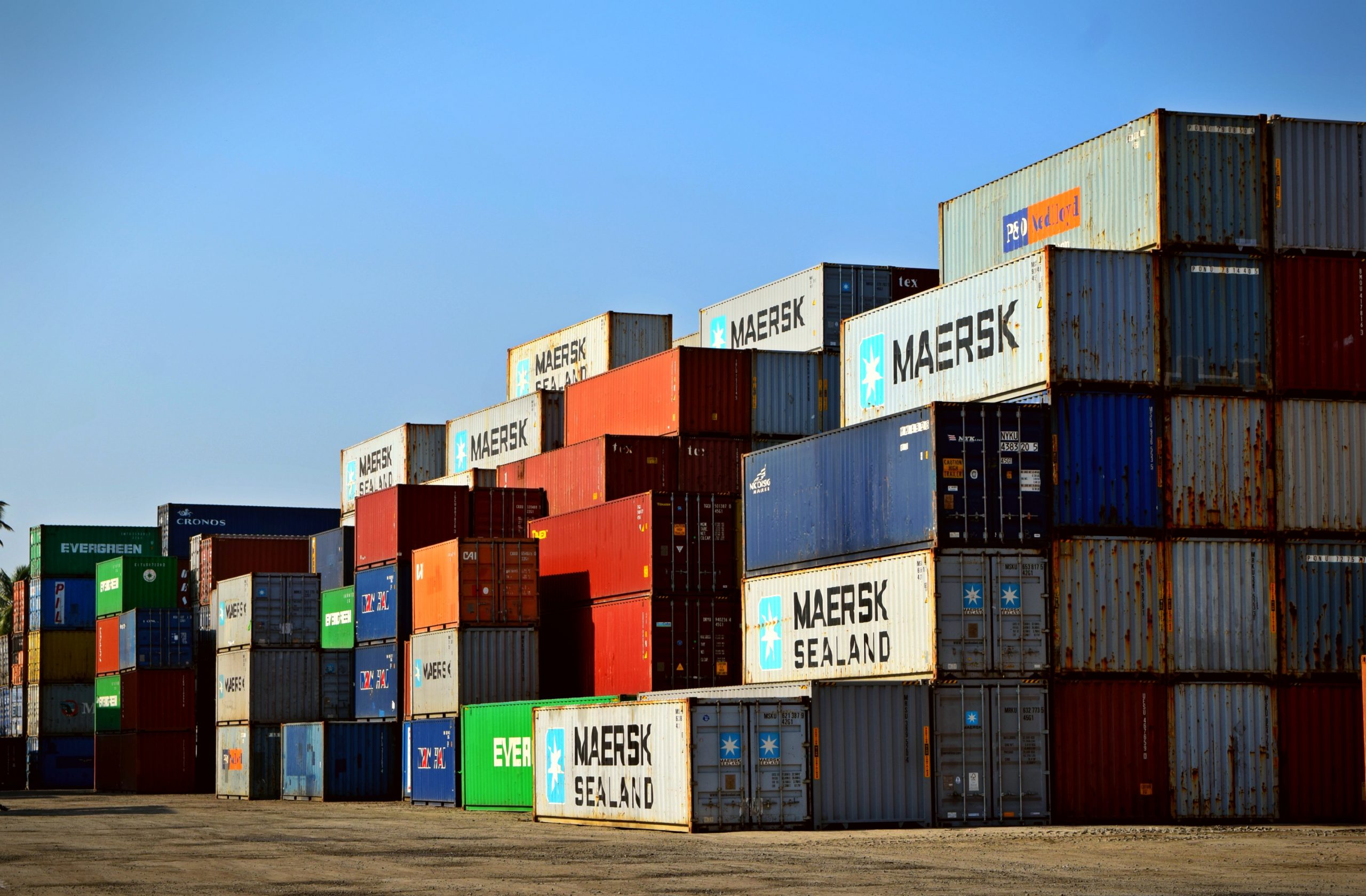The 2022 World Cup is a unique edition of the quadrennial football tournament, and one with so many firsts for football, shipping container conversions and the region of Qatar.
It is the first World Cup hosted in the Middle East, the first held in winter as opposed to the summer months, and the first to feature shipping container conversions for vast parts of its infrastructure.
This takes the form of two major complexes. The first is the Fan Villages, a series of tents and converted shipping container apartments that provide air-conditioned accommodation for the thousands of fans attending the tournament.
However, the most intriguing piece of shipping container infrastructure is the 44,000 seater Stadium 974, so named due to the 974 shipping containers used to build it, as well as it being coincidentally the international dialling code for the nation of Qatar.
It was initially designed as a reaction to the unfortunate trend over the past two decades of World Cup hosts (and to a lesser extent Olympic Games hosts) spending huge amounts of money on elaborate and expensive stadium infrastructure that ends up abandoned.
By far the worst example of this was seen in 2014 with the Brazil World Cup, where a £250m Arena da Amazonia stadium funded by Brazillian taxpayers during a time when public services were being cut lays abandoned and unused just eight years later.
Stadium 974 is designed to be modular, so all of the component parts were constructed and shipped in 974 shipping containers, assembled together before the first match between Mexico and Poland in the complex and once the tournament ends will be packed away again.
The hope is that this can provide an enduring, reusable legacy, where Stadium 974 would inspire the use of other sustainable stadia in the World Cup tournaments that follow this one.

